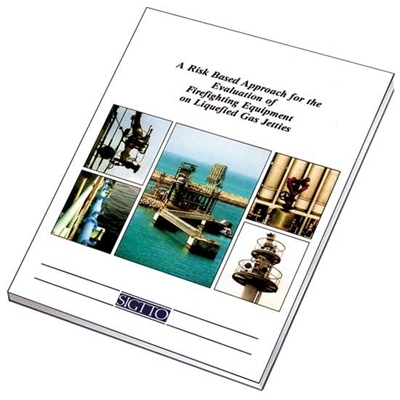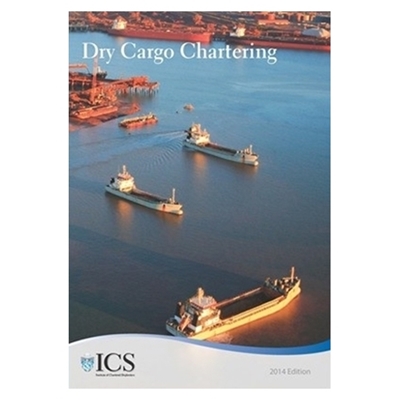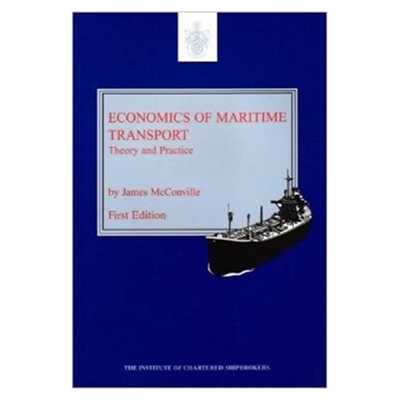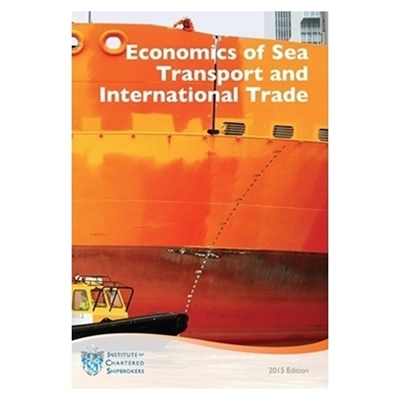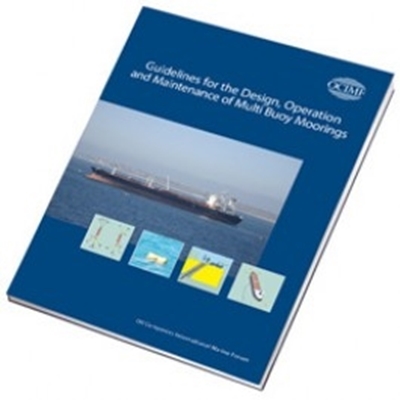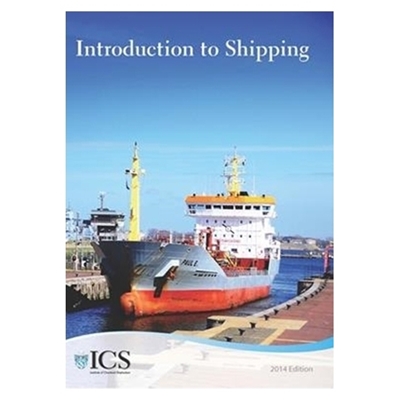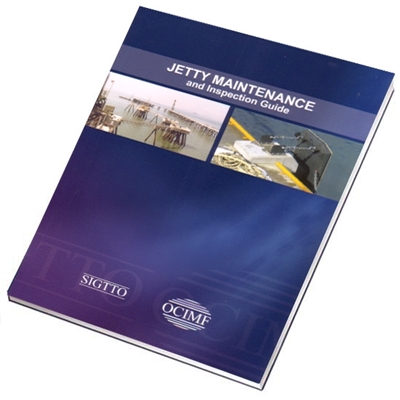Close
- Charts & Publications
-
Marine Industry

-
Recreational

-
Land Market

-
Harbour equipments
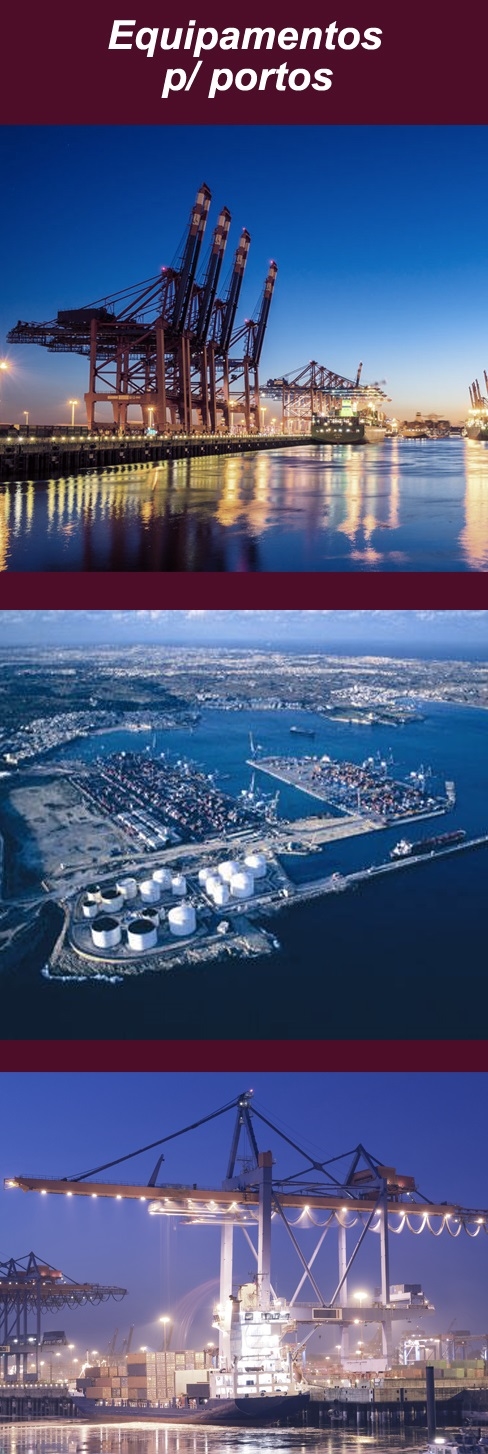
- Proteção Covid-19
- About Us
- Novidades
- Marcas
- Contacts
- Serviços
- Articles
Menu
(0)
items
You have no items in your shopping cart.
All Categories
Menu
Shopping cart
Filters
Personal menu
Preferences
Search
- Home /
- Charts & Publications /
- Publications /
- Shipping, Logistics, Ports and Terminals /
- Tandem Mooring and Offloading Guidelines for Conventional Tanker
Related Products
-
A Risk Based Approach for the Evaluation of Firefighting Equipme
Call for pricing -
gn & Construction Specification for Marine Loading Arms 3rd Ed
Call for pricing -
Dry cargo chartering 2014
Call for pricing -
Economics of Maritime Transport ,Theory and Practice
Call for pricing -
Economics of sea transport and international trade 2015
Call for pricing -
Guide to Contingency Planning for Marine Terminals
Call for pricing -
Guide to Manufacturing and Purchasing Hoses for Offshore Mooring
Call for pricing -
Guidelines for the Design, Operation and Maintenance of Multi-Bu
Call for pricing -
Introduction to Shipping 2014
Call for pricing -
Jetty Maintenance and Inspection Guide
Call for pricing
Customer service
Contact Us
- Praceta Augusto Dias Silva, 94 2B 2785-521 Sao Domingos de Rana
- info@jgarraio.pt
- Tel.: +351 213 473 0810

Copyright © 2024 JGARRAIO. All rights reserved.
As fotos apresentadas podem não corresponder as configurações descritas.
Preços e especificações sujeitos a alteração sem aviso prévio.
A J. Garraio declina qualquer responsabilidade por eventuais erros publicados no site.
As fotos apresentadas podem não corresponder as configurações descritas.
Preços e especificações sujeitos a alteração sem aviso prévio.
A J. Garraio declina qualquer responsabilidade por eventuais erros publicados no site.
All prices are entered including tax. Excluding shipping
Powered by nopCommerce
Desenvolvido pela Agência PRIMEWAY - Plataformas Digitais • Design • Marketing Digital
